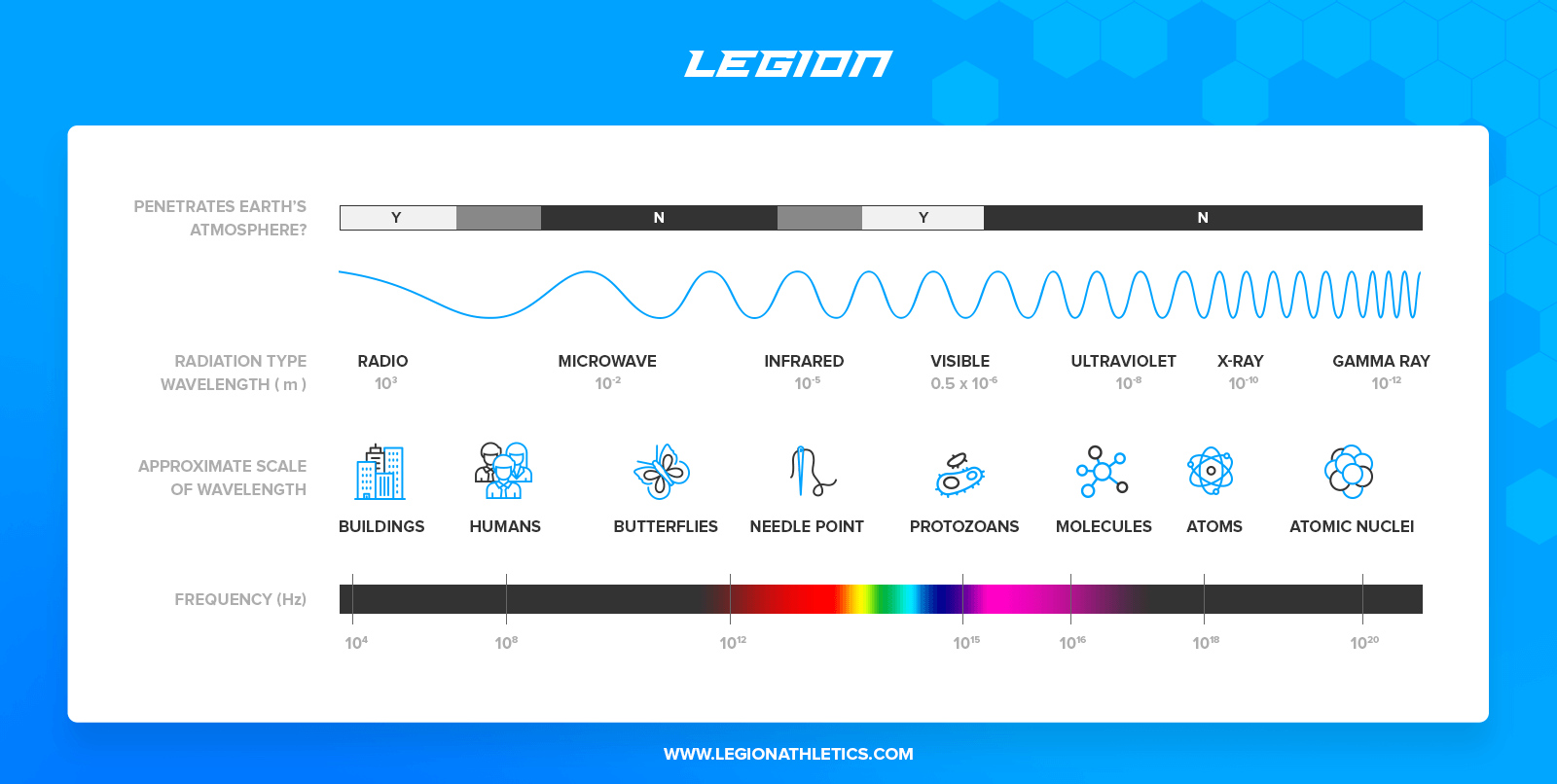
You may be wondering which is better: Walking or running? There are two main differences in running and walking. Although walking is easier than running and has lower impact, it can be much more beneficial to your health. As an added bonus, both exercises will increase your endurance. Running is more effective at reducing your appetite than walking, and it lowers blood pressure. These are just a few of the many benefits of walking.
Walking burns less calories per minute while running burns more
Running is an alternative to walking to help you burn more calories. Running burns more calories than walking. It requires more energy and has more muscle recruitment. High-intensity exercise also increases your heart rate, which takes more energy. You will find that you can adapt to higher stress levels by increasing your heart beat and keeping the same pace and intensity if you do this activity frequently. You'll be able to burn more calories by walking a shorter distance.
Running is an option that can help you lose weight. Hiking can be great, but running can be even better. A mile of running can burn more calories than a mile of walking. Running is the best exercise to lose weight. Walking burns only one-third as many calories. Running will give your legs a more toned appearance.

Walking is a low-impact, low-impact exercise
Many people think that intense training is more dangerous than walking. However, it's one of the best forms low-impact aerobic exercise. Walking is easy and doesn't require any special equipment. It's a great exercise option for all levels of fitness and can help you lose weight. Walking can reduce stress, increase energy, and improve your mood. Walking is also low-impact, so it is an excellent choice for people who are new to exercise.
Walking is a low-impact exercise that has many benefits for your joints and muscles. Walking can be intensified by increasing the pace or climbing hills. Strength training, on the other hand, doesn't cause any major stress on the joints, but it is a challenging workout for your muscles, especially if you do it with a heavy weight and limit your rest periods. These low-impact exercises offer many benefits for older adults and reduce the likelihood of injury.
Running improves endurance and conditioning
The overarching principle of endurance-building is gradual adaptation. You must build your endurance slowly by doing the same workouts consistently and gradually increasing distance. The same principle applies to beginners as it does for experienced marathoners. It's better to gradually increase your running distance than to run faster than you can sustain. You'll be able to increase your endurance and still maintain a safe pace. Add a mile each week to your weekend long runs and increase your running speed.
It is important to warm up properly in order to increase your endurance. The warm-up will increase your body temperature and blood flow to the muscles. It can also help reduce injury risks. Running requires proper posture. It prevents injury and keeps muscles limber. Proper breathing will increase your energy level and endurance. By incorporating the right breathing technique into your running routine, you can expect to see a huge improvement in your physical and mental condition.

Walking is a great way of controlling your appetite
Did you know that walking can help control your appetite? You may be surprised to hear that walking has been shown to reduce weight. Dopamine is a hormone that increases pleasure and satisfaction. Walking has been shown to increase dopamine levels. This hormone helps the body regulate its hunger and satiation signals. Walking can help those who have food cravings. Walking can help you manage your appetite and keep you fit while running.
Walking reduces cortisol, and running may temporarily raise it. Walking for twenty minutes can improve mood and lower cortisol levels. Elevated cortisol levels increase appetite and stimulate the metabolism. These increased levels increase the likelihood of overeating and consuming unhealthy foods. Walking can improve your posture, and muscles tone.
FAQ
How can busy people lose weight
You can lose weight by eating less and moving more.
You will gain weight if your eat too much. You will also gain weight if your exercise is not enough. Combining these two simple habits will help you lose weight.
Why Exercise Is Important to Weight Loss?
The human body can be described as an amazing machine. It was made to move. Move your body to stay healthy, whether you are running, swimming, biking or lifting weights.
Exercise is good for your health and helps you tone your muscles. This will make you feel healthier both mentally and physically. You may have heard people say "exercise is important for weight loss." But why exactly does exercise help lose weight?
-
Exercise increases metabolism. Your body uses energy when you are active. Moving makes your heart beat faster and blood flows more quickly to your muscles. Your lungs also absorb oxygen. All these activities use energy. You can burn calories more easily by exercising and increasing your metabolic rate. You can calculate how many calories your body burns by doing physical activity.
-
Exercise reduces appetite. Working out will help you to eat less and make you feel fuller all day.
-
Exercise builds strength. Muscle tissue is more energetic than fat tissue. You will be able to lose weight if you have more muscle mass.
-
Exercise releases endorphins. Endorphins are hormones which make you happy. They are released into the bloodstream during exercise. Endorphins have been shown to prevent pain signals from reaching your brain. This can give you a sense of well-being.
-
Exercise increases self-esteem. Exercise regularly leads to higher self-esteem. They live longer, healthier lives.
If you want to lose weight, start with small changes. Add one of these tips today to your routine.
How to Make an Exercise Plan?
You must first create a routine. It is important to plan what you will do each morning and how much time you will be doing it. This helps you plan and prevents procrastination.
A second important thing to do is ensure you have lots of variety when it comes to your exercise routine. It is important not to get bored while exercising. This will cause you to lose interest and make it difficult for you to stick with it.
Also, you need to keep track on your progress. It's important to see how much weight you have lost or gained over time.
You can lose weight quickly if you do not gain weight. On the other hand, if you gain too much weight, it becomes harder to stay motivated.
Try to strike a balance in your weight loss and weight gain. If you are unhappy with your current situation, you will be less inclined to exercise.
What is the best exercise for weight loss?
There are many factors that impact the amount you exercise to lose weight. Most people require at most 30 minutes of moderate physical activity five times per week.
The American College of Sports Medicine recommends 150 minutes of moderate-intensity aerobic activity each week, spread over three days.
You can lose 10 pounds by doing 300 minutes of moderate-intensity exercises each week, for example. This includes activities such swimming laps (brisk walking), biking, dancing and playing tennis.
You can start out by doing 20 minutes of intense activity three times a week. That could include activities like lifting weights, sprints, jumping rope, or fast walking.
Aerobic exercise can help burn calories as well as build muscle mass. Muscle burns a lot more calories than fat. Building muscle and losing weight can help you reach your goals faster.
Statistics
- A 12-week study in 20 women with obesity found that walking for 50–70 minutes 3 times per week reduced body fat and waist circumference by an average of 1.5% and 1.1 inches (2.8 cm), respectively (healthline.com)
- According to a study sponsored by the American Council on Exercise, a person weighing around 140 pounds (64 kg) would burn 108 calories at a 30-minute beginner's Pilates class or 168 calories at an advanced class of the same duration (26). (healthline.com)
- One 6-month study showed that simply doing 11 minutes of strength-based exercises 3 times per week resulted in a 7.4% increase in metabolic rate, on average. (healthline.com)
- Among women, the increase in metabolic rate was nearly 4%, or 50 more calories per day (14Trusted Source (healthline.com)
External Links
How To
How to Intermittent Fasting
Intermittent eating is a way to lose weight that you only have one day of the week. It's usually Monday through Thursday. This allows you to reduce your calorie intake and still get adequate nutrition. This is believed to help you burn more fat than if your meals were regular throughout the week.
The most common type of IF is to restrict calories on specific days of the week. This would mean that you skip breakfast each morning, and then eat whatever food you like throughout the day. You can also opt to eat three small meals a day instead of two large.
Many forms of intermittent fasting are available, such as alternate day fasting (5/2 fasts), 8/4 fasts and 16/8 fasts. There are pros and cons to each type of intermittent fasting. Alternate day fasting, which doesn't require you to change your lifestyle, is the best way to get started. However, some people find it difficult to stick to a strict schedule like this, so they might prefer to try other methods first.
If you're looking to start an intermittent fasting routine, I recommend starting with alternate-day fasting. This will allow your lifestyle to be gradually altered while you transition into more extreme fasting.